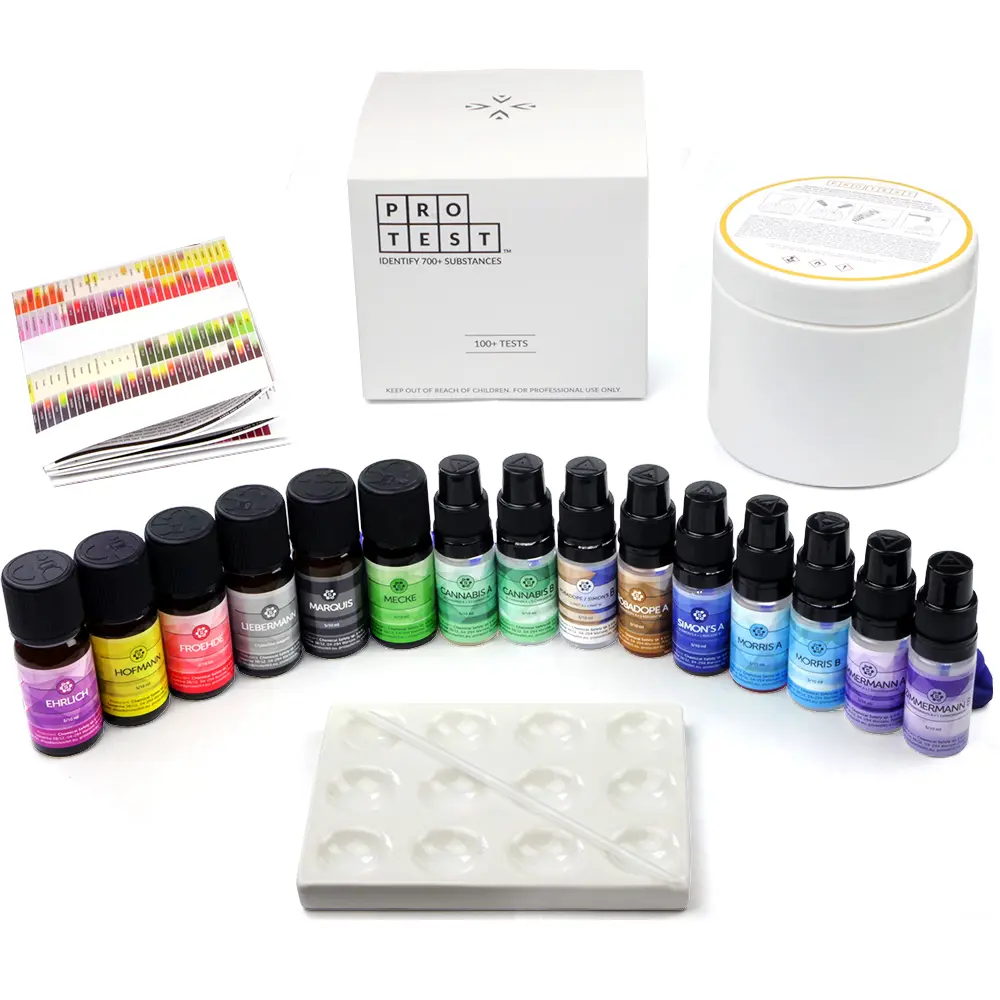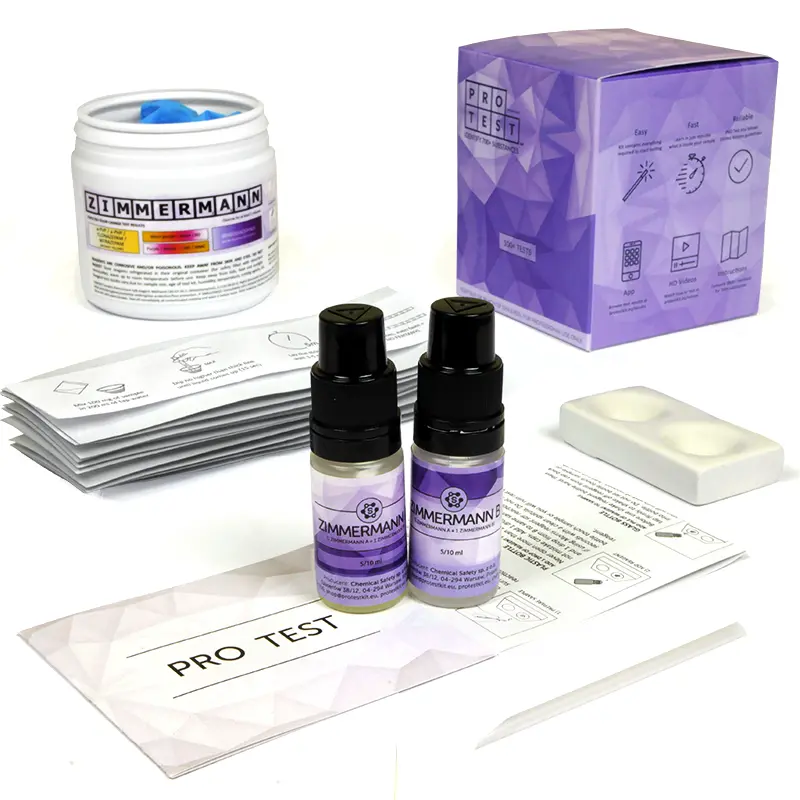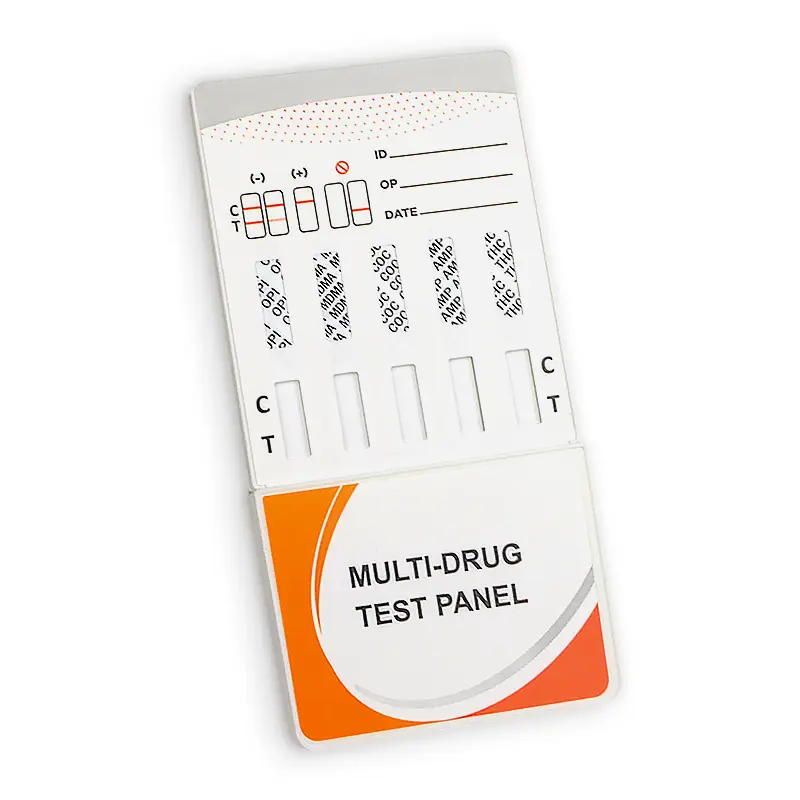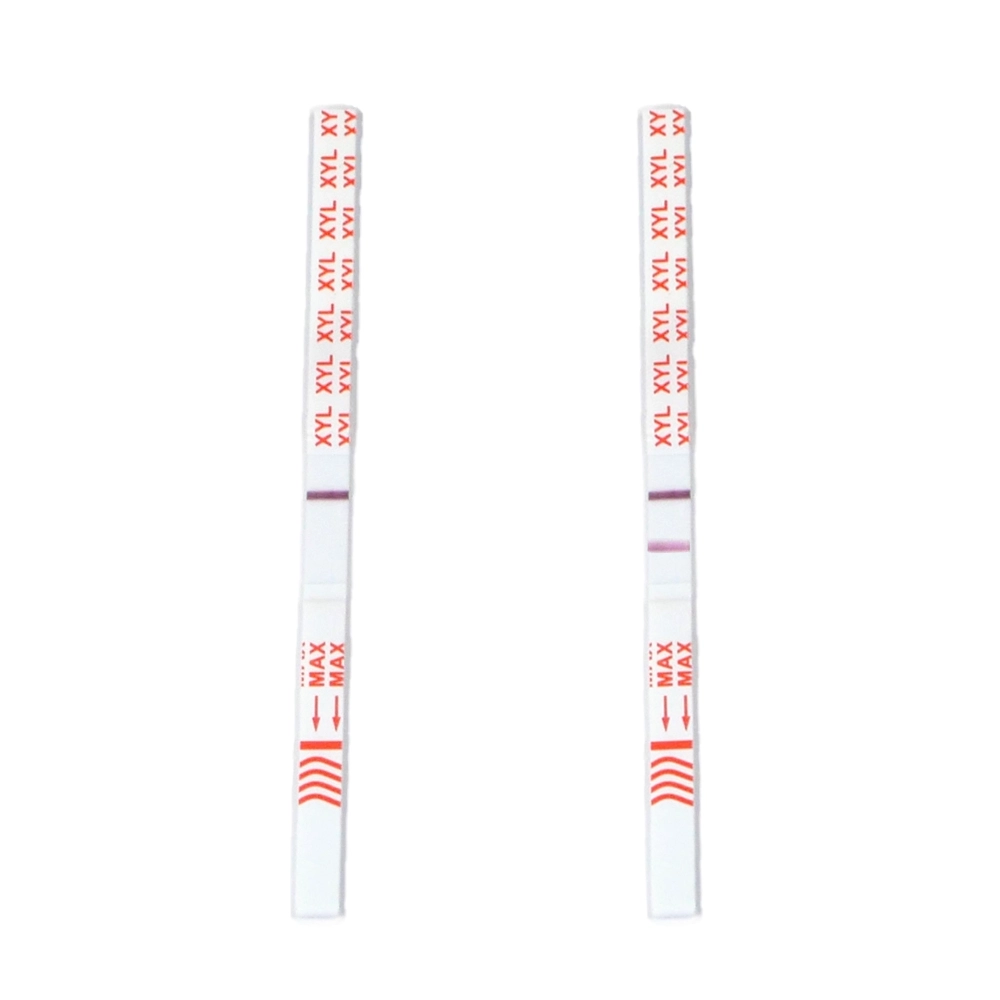How to detect clonazepam?
Clonazepam as well as other benzodiazepines (“benzos”) such as alprazolam are important psychiatric pharmaceuticals, which are increasingly often used also without prescription. Although all are highly addictive and extremely dangerous, some are more risky than others, which is why it is important to use a test kit if a person intends to ingest a benzo.
Even pure unadulterated benzos are dangerous, but adulterated can be fatal even more easily. Adulterants range from opioids (nitazenes and fentanyl) to novel benzos, often with unknown safety profile and unexpected potency. Opioids significantly increase lethal overdose risk and some novel benzos due to unexpected potency can cause long blackout-type overdoses, during which a user can pose a danger to themselves.
How to test benzos:
- Rule out presence of fentanyl
- Confirm presence of a benzodiazepine
- Fentanyl test strip is key to rule out presence of fentanyl and derivatives.
- Zimmermann reagent in most cases confirm presence of a benzo in general, as most cause it to show a blue/violet color change. Due to usually low amount of active compound in benzo pills color can range from grey-blue to deep purple.
- If Zimmermann does not react at all, this suggest no benzo is present. Either substance is completely bunk or it contains a dangerous depresant drug, such as a kind of nitazene derivative. Watch out!

Benzo test kit chart
How to check the presence of clonazepam, bromazepam, alprazolam etc.
Benzos (clonazepam, bromazepam, alprazolam and other benzodiazepines) can usually be detected with Zimmermann reagent. Unfortunately there are two obstacles: except for clonazepam and nitrazepam, most benzos show the same range of possible color changes, from blueish to purple. And on top of that, due to varying pill binders and pill potency, even same compound can cause slightly different color change depending on particular brand.
Zimmermann reagent is the recommended colorimetric reagent test for analyzing benzos. In the photo shown next to this paragraph we share the results of an experiment conducted in our laboratory. We tested bromazepam, clonazepam and two different pharmaceutical brands of alprazolam.
Except for clonazepam, which shows a yellow-brown reaction, all remaining result turned out in a range from purplish to deep purple.
We have also checked a modified Scott reagent, unfortunately it did not show even slightly consistent results, pill binders overpowered it in most cases.
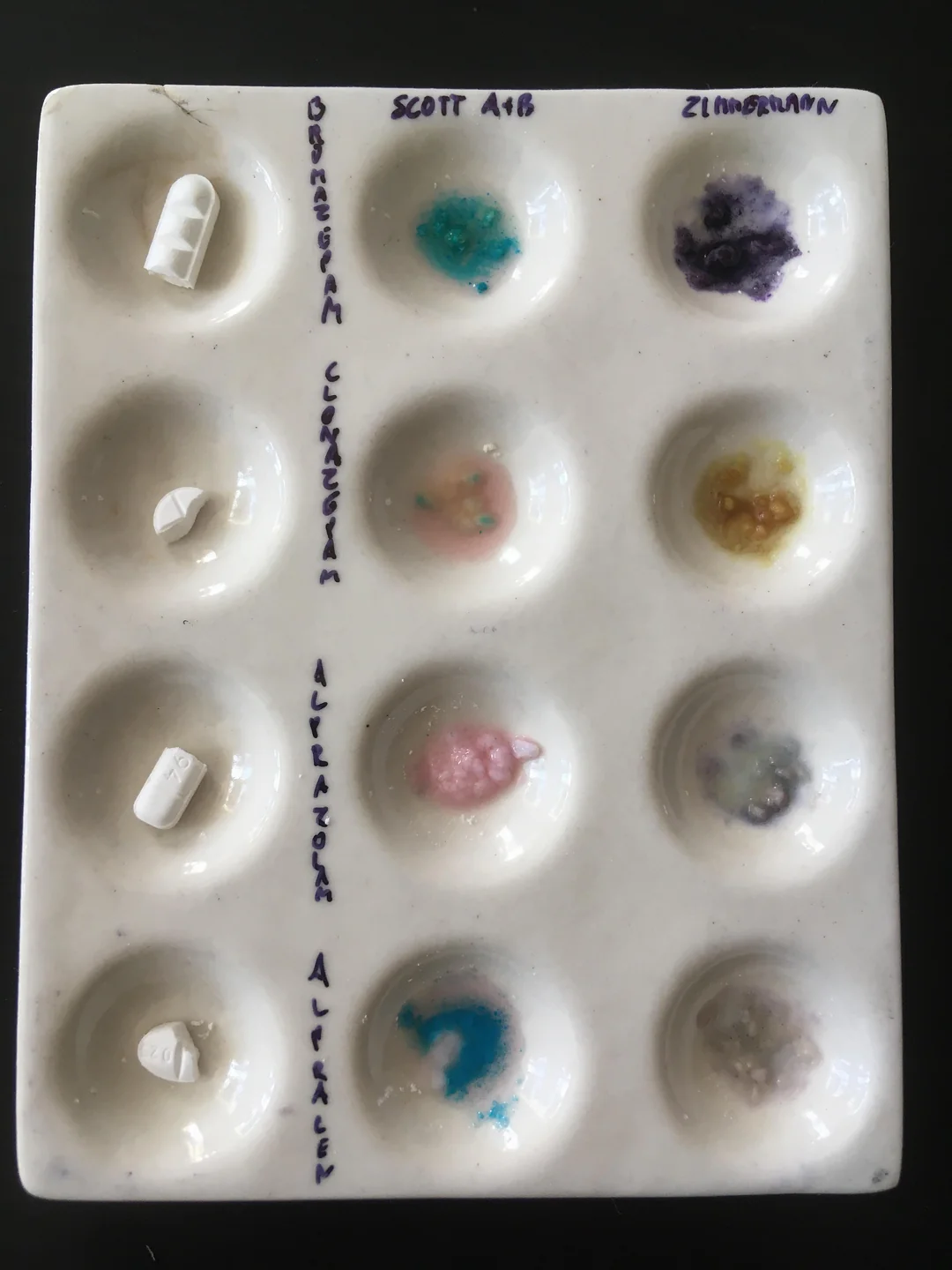
Testing benzos with Zimmermann reagent
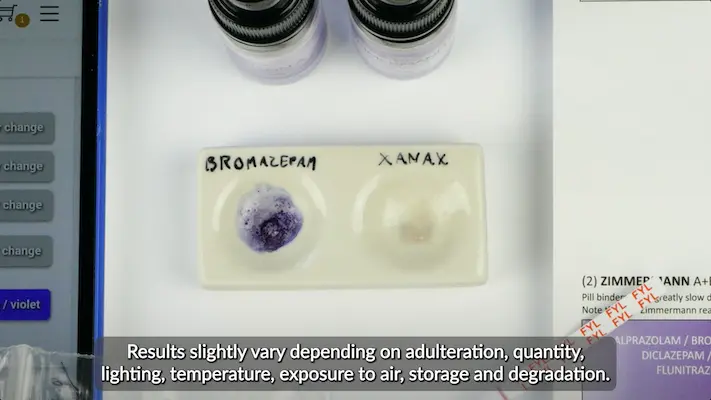
Zimmermann reagent benzo test results
It is extremely important to remember that reaction can be faint or slow. To mitigate this issue it is possible to increase sample size and amount of reagent used.
Last but not least, do not forget to test for fentanyl. Even if a pill looks the same and is from the same source, it can still vary in contents. More details can be found in our article below on how to test for fentanyl
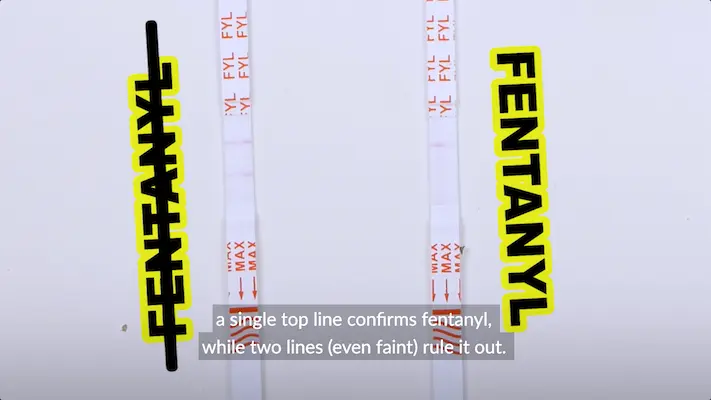
How to test for FENTANYL?
How to test fentanyl: if you intend to use an opioid, first you need to check it using a test kit to rule out presence of dangerous adulterants such as fentanyl. Fentanyl can be even 100 times more potent than morphine and therefore is easy to accidentaly overdose on. Fentanyl can be mixed in any kind of sample and can’t be identified by appearance. To detect fentanyl or analogs it’s recommended to use fentanyl test strips.
Benzodiazepine test kit
The best test kit for benzos is PRO Test’s Benzodiazepines Test Kit which includes fentanyl test strips and reagent Zimmermann. It can reliably confirm presence of clonazepam and nitrazepam specifically and more broadly other benzos, as well as helps rule out fentanyl and fentanyl derivatives (analogs)
Recommended benzo test kits:
A positive or negative test kit result does not indicate if a substance is safe. No substance is 100% safe.
